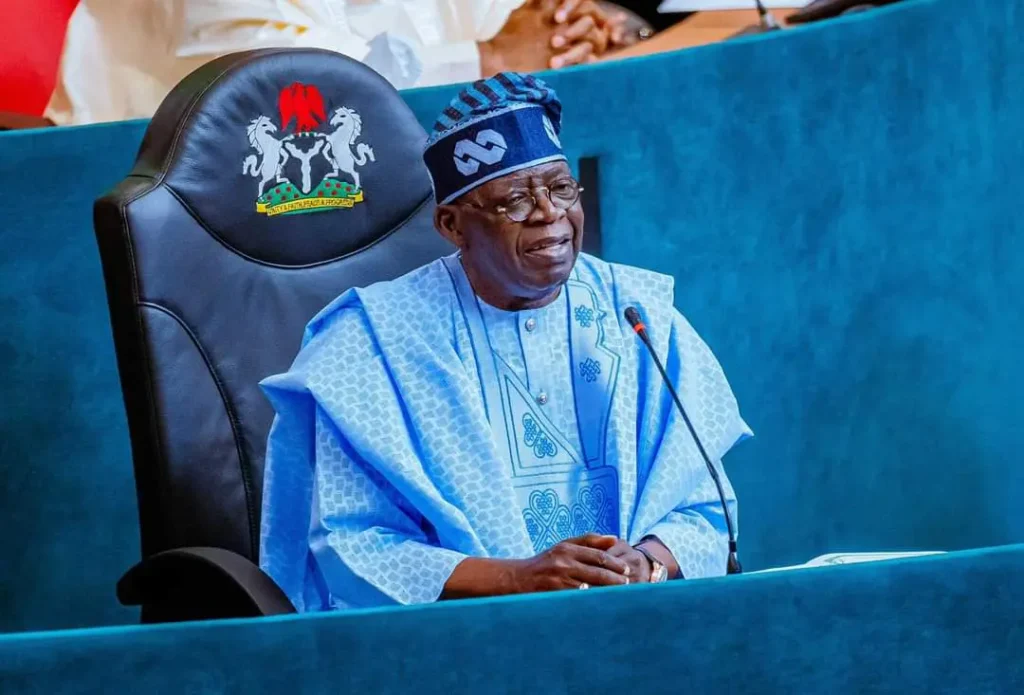
Nigeria’s Public Debt Hit N152.4 trillion By June 2025
Nigeria’s total public debt has climbed to N152.40 trillion as of June 30, 2025, up from N149.39 trillion at the end of March.
This is according to the latest figures from the Debt Management Office (DMO).
The figure represents a quarterly increase of N3.01 trillion, equivalent to 2.01%, while in dollar terms the debt stock rose from $97.24 billion to $99.66 billion, reflecting a 2.49% increase.
Nigeria’s external debt stood at $46.98 billion (N71.85 trillion) in June, up from $45.98 billion (N70.63 trillion) in March. The DMO report shows that multilateral lenders remain the largest creditors, with a combined exposure of $23.19 billion, accounting for 49.4% of external obligations. The World Bank, through the International Development Association, is the single largest creditor with $18.04 billion outstanding.
Bilateral loans made up $6.20 billion, led by the Export-Import Bank of China at $4.91 billion, followed by smaller exposures to France, Japan, India, and Germany. Commercial borrowings remained sizeable at $17.32 billion, almost entirely Eurobonds, which account for 36.9% of the external portfolio. A further $268.9 million was owed under syndicated facilities and commercial bank loans.
The reliance on Eurobonds and other commercial instruments exposes Nigeria to global market volatility, while the heavy concentration in multilateral loans indicates continued dependence on concessional financing.
Domestic debt dominated by long-term bonds
On the domestic side, total obligations reached N80.55 trillion by June, an increase of N1.79 trillion from N78.76 trillion in March. Federal Government bonds dominated the portfolio with N60.65 trillion, representing 79.2% of total domestic debt. This category included N36.52 trillion in naira-denominated bonds, N22.72 trillion in securitised Ways and Means advances, and N1.40 trillion in dollar bonds.
Treasury bills accounted for N12.76 trillion, or 16.7%, while Sukuk issues stood at N1.29 trillion. Smaller instruments included savings bonds worth N91.53 billion, green bonds of N62.36 billion, and promissory notes totalling N1.73 trillion. The promissory notes include both naira and foreign currency-denominated liabilities converted at the June CBN exchange rates.
The growing stock of securitised Ways and Means advances underlines the fiscal stress the government faces, even as it leans on bond markets to finance budget deficits.
Federal Government accounts for over 92%
Of the N152.40 trillion debt stock, the Federal Government was responsible for N141.08 trillion, which amounts to 92.6% of the total. This was made up of N64.49 trillion in external obligations and N76.59 trillion in domestic debt.
For the first time in 2025, the DMO provided a separate breakdown of external debt for states and the Federal Capital Territory. Their combined obligations were reported at $4.81 billion (N7.36 trillion), while their domestic debts stood at N3.96 trillion. In total, subnational governments owed N11.32 trillion, accounting for 7.4% of the national debt stock
The DMO explained that external debt was converted to naira using the Central Bank’s official exchange rate of N1,529.21 to the dollar as of June 30, 2025. The weaker exchange rate compared with earlier in the year magnified the naira value of foreign borrowings, adding to the rise in the overall stock.
This effect highlights the vulnerability of Nigeria’s debt portfolio to currency depreciation. Even in periods where fresh borrowing is limited, the conversion of dollar and other foreign currency debts at weaker naira levels inflates the total.
Although Nigeria’s debt-to-GDP ratio remains within international thresholds, the pace of growth and the increasing cost of servicing loans continue to raise questions about sustainability.
Nigeria’s debt trajectory underscores the need for stronger revenue mobilisation and fiscal consolidation. Without significant progress in expanding the tax base and reducing expenditure inefficiencies, debt service could continue to crowd out investments in infrastructure and social spending.
About Author
Discover more from BillionBill
Subscribe to get the latest posts sent to your email.


